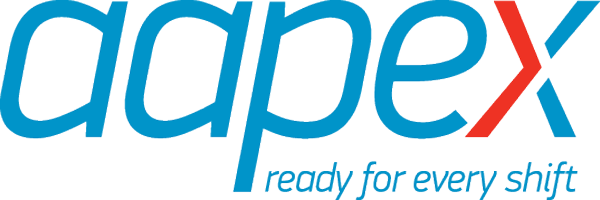Safe, Secure, Standardized and Direct Access to Vehicle Maintenance and Repair Data on Display at AAPEX 2021
Monday, July 12, 2021

By Joe Register, vice president, Emerging Technologies, Auto Care Association
Our entire industry triumphed when we secured the Right to Repair vehicles in 2014. In 2020, the battle continued as the days of open access to the On-Board Diagnostics (OBD) port dwindled. Today, repair and diagnostic data is being transmitted wirelessly with restricted access for the aftermarket. Yet, we were successful in passing another ballot initiative in Massachusetts that would prohibit manufacturers from controlling access to OBD systems unless they do it in a standardized way that prioritizes consumer choice. While the voters overwhelmingly approved the initiative, the manufacturers continue to fight it in court.
The big picture
The modern transportation system is evolving into a fully connected ecosystem. According to updated data from McKinsey, by 2030, about 95% of new vehicles sold globally will be connected and transmitting thousands of lines of code, an increase of about 50% from 2021. The connectivity surrounding this ecosystem must be secure, safe, direct and standardized. The International Organization for Standardization, or ISO, has developed standards that should be applied to every entity in the transportation ecosystem. This is the same organization that develops food safety standards, manufacturing standards (ISO 9000, 9001) and standards for virtually any critical industry worldwide. The vehicle, traffic monitoring and management systems, emergency response systems, pedestrian devices as well as all the technicians and tools that interact with these systems are part of this complex ecosystem. Because automotive maintenance, repair and accessories can be connected as well, they are included in this connected ecosystem. Implementing ISO standards and including the aftermarket allows the application of safe, secure, standardized and direct access to vehicle maintenance data and technicians and diagnostic tools authorized by the vehicle owner.
There are three existing ISO standards which provide for an implementation and solution that creates a fair playing field for all stakeholders in the transportation ecosystem:
- ISO 21177 specifies access control policies and mechanisms for enforcing them, allowing different access control requirements for access to different types of vehicle data. Access control is enabled by cryptographic authentication and by authorization from the owner of the data.
- ISO 21185 specifies a methodology to define communication profiles so that current and future communications protocols can be supported e.g., 5G, WIFI, etc.
- ISO 21184 specifies methods for mapping non-standardized data into a common format to support the control of access to specific types of data. This limits access to only the data required to perform a specific task.
These standards in part are already being utilized for Vehicle-to-vehicle (V2V) communications and secure charging of electric vehicles (EVs).

A fourth standard, ISO 5616, is in progress for defining the governance of the ecosystem. This standard’s goal is to allow for policies for ensuring safety, security and a fair market.
What’s next and what you can do
A solution for safe, secure, standardized and direct access to vehicle data does exist. However, in order for it to be implemented and successful, we need to bring together stakeholders from every corner of the transportation ecosystem to cooperate and define the policies needed in order to shape a safe, secure, innovative and free market landscape. This will ensure access for authorized stakeholders while ensuring consumer choice.
At AAPEX 2021, the Auto Care Association Emerging Technologies team will guide attendees through an interactive set of kiosks in the Technology of Tomorrow section (Level 2 of the Sands Expo), showcasing the new world of Connected and Automated Vehicles (CAVs), along with emerging technologies that present the greatest risks and opportunities for aftermarket companies. These technologies include EVs, connected vehicles, ADAS (Advanced Driver Assistance Systems) and new sensor and control networks, Over-The-Air (OTA) updates and mandatory subscription services.
Our industry advances quickly and we realize that many of these advancements directly impact the parts and service sector. To envision how these advancements may affect the aftermarket, the team will have a Right to Repair Bay in Joe’s Garage on Level 1 of the Sands Expo to perform live demos showing how a technician can safely and securely access vehicle data. These demonstrations will show how our partners have adopted the standards mentioned earlier in creating practical, commercial products.
We encourage attendees, especially those involved in maintenance and repair, to visit both locations during AAPEX 2021 to get the full picture of the future of vehicle technologies, get educated on their impact, and share their support for a solution that supports the automotive aftermarket. Register today.
Joe Register is vice president, emerging technologies at the Auto Care Association. In this role, Register is responsible for bringing the aftermarket perspective to vehicle technology development as new technologies are designed and introduced to the marketplace. This includes working with his global counterparts in industry standards-setting organizations, such as the International Organization for Standardization (ISO) and SAE International, to identify and address potential opportunities and threats that recent vehicle technology innovations create.
